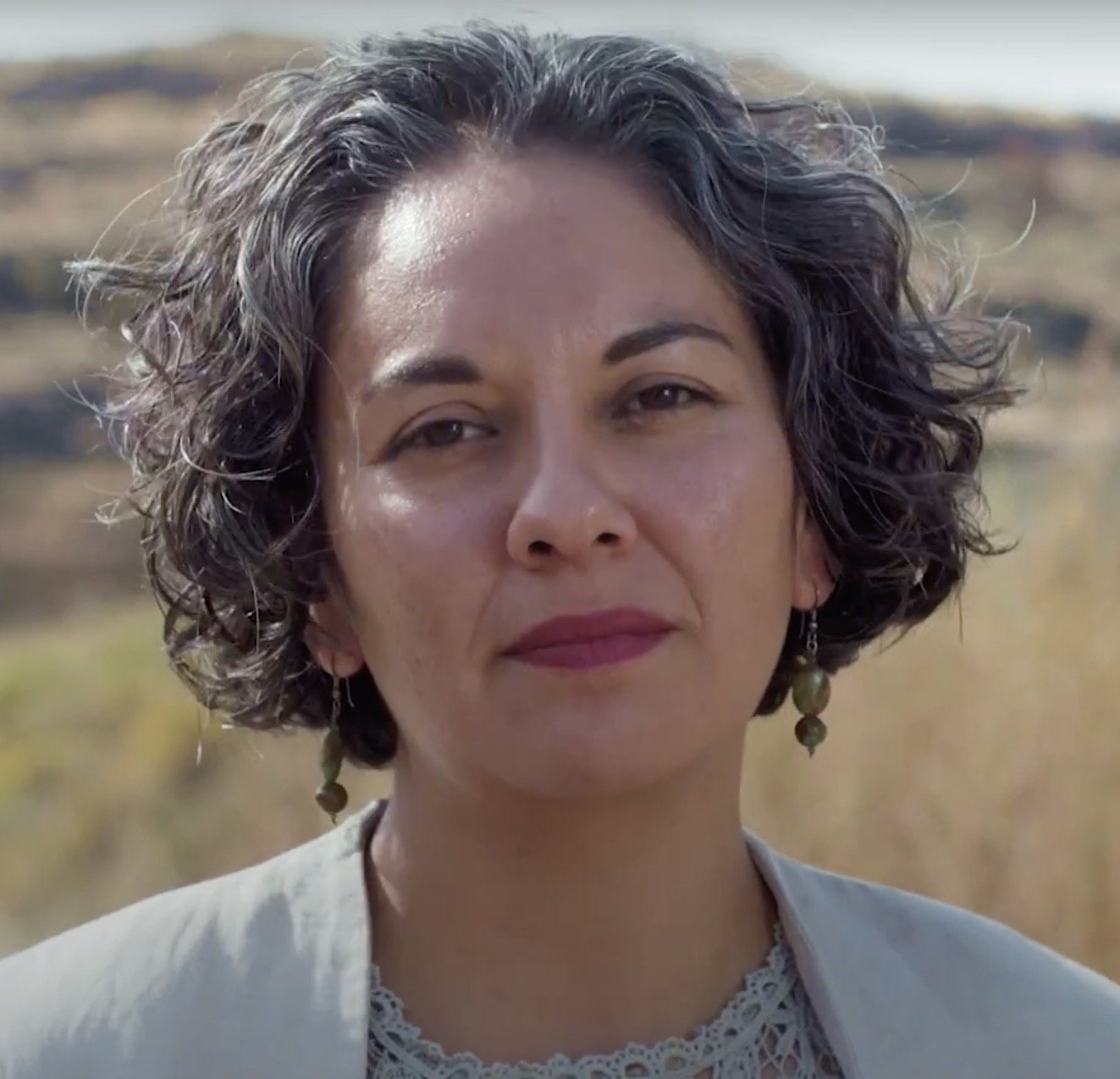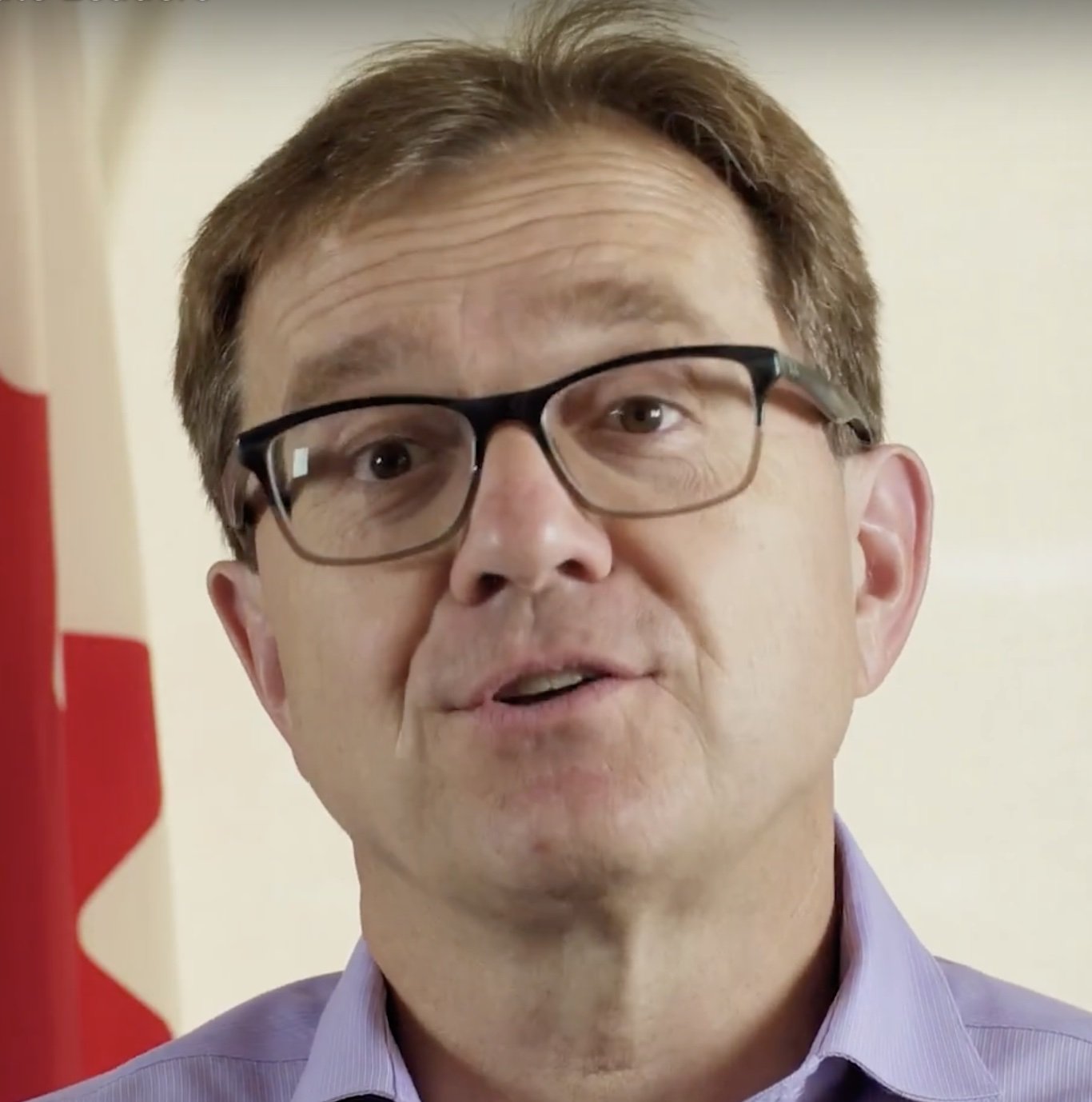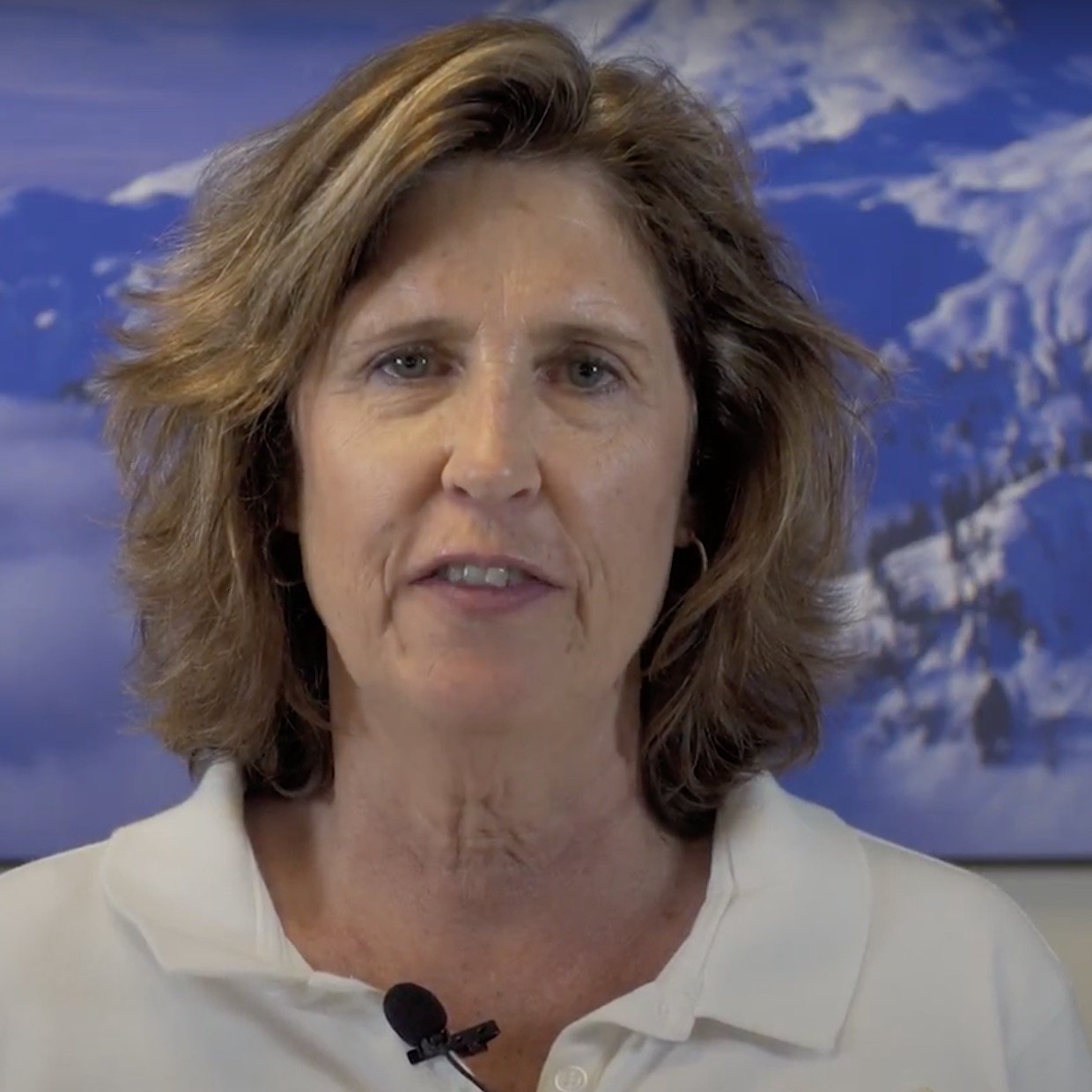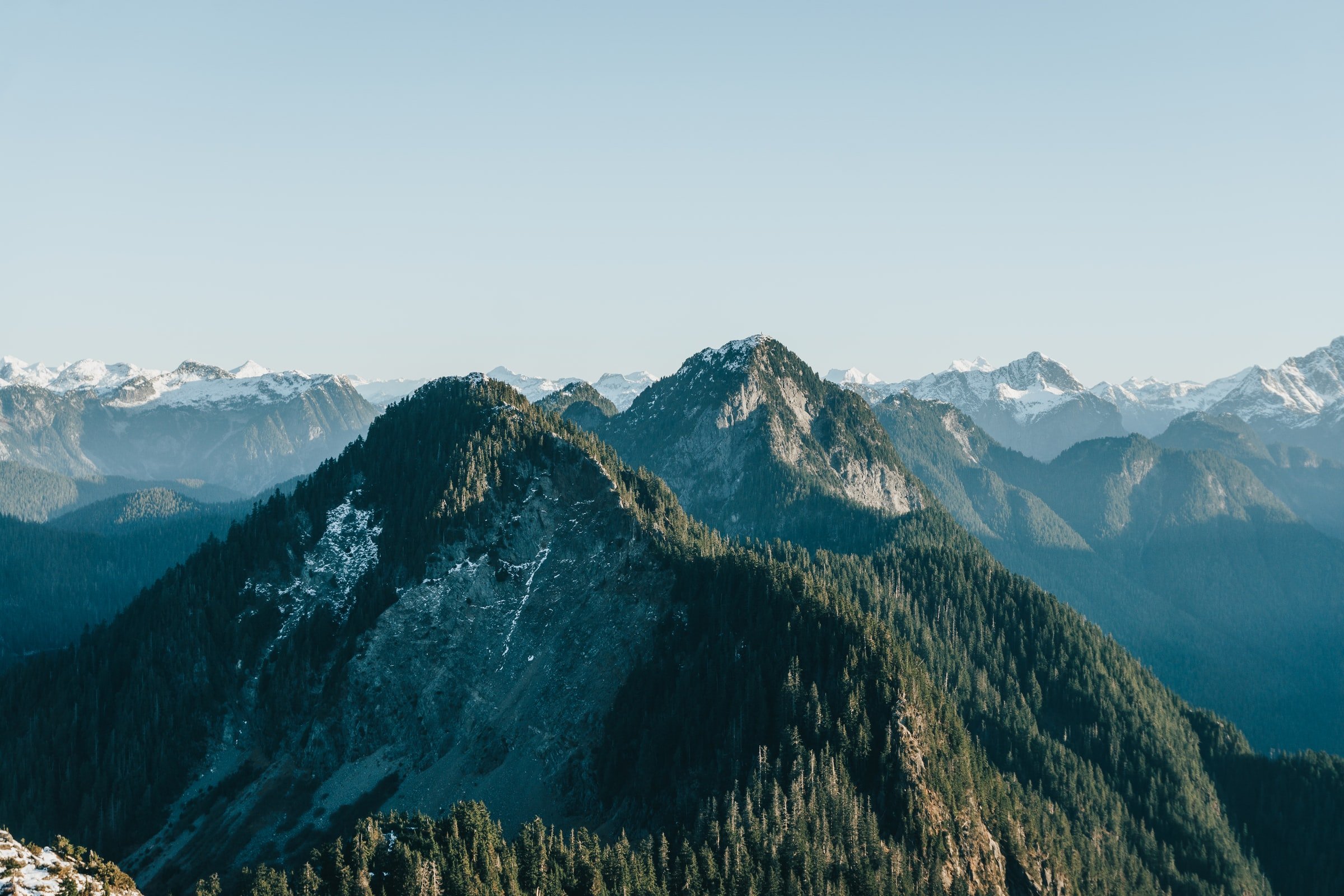
Blueprint for a Resilient Cascadia
A Transboundary Adaptation Plan for Our Shared Natural Systems
Climate Change is having profound effects on the human and natural communities of Washington and British Columbia. The landscapes that span our shared border have experienced increasing wildfires, floods and other climate-driven disturbances; shifts in the distributions of native species and changes in ecological communities; and a suite of other impacts, all expected to become more pronounced in coming decades. As public and private partners work to rapidly reduce greenhouse gas emissions to slow the pace of warming, we must also work to increase the climate resilience of the region’s natural systems and human communities. A collaborative climate adaptation strategy that supports coordinated action across the region’s many jurisdictional and institutional boundaries will be critical to ensuring its resilience into the future. The Blueprint for a Resilient Cascadia is a living document developed by the Cascadia Partner Forum and its many collaborators to meet this need.
Key Strategies for Transboundary, Large-Landscape Resilience
This collaborative Blueprint was developed through a transparent and inclusive co-production process that engaged a wide range of land and wildlife decision-making entities and other conservation stakeholders from Washington and British Columbia. Collectively, they identified six key strategies and a broad suite of supporting actions aimed at addressing the primary socio-political barriers to transboundary, large-landscape resilience for Cascadia’s natural system. To further explore these strategies and their supporting actions, visit our interactive tool.
Strategy 1
Establish a formal governance structure to facilitate strategic and coordinated large-landscape climate resilience across political boundaries.
Strategy 2
Center Indigenous leadership, sovereignty and values in all aspects of transboundary, large-landscape climate resilience efforts to promote reconciliation and long-term success.
Strategy 3
Mainstream transboundary connectivity conservation and climate adaptation into existing decision-making structures to ensure implementation.
Strategy 4
Conduct joint assessment, monitoring, and evaluation of transboundary, large-landscape climate resilience to support coordinated adaptive management towards socio-ecological goals.
Strategy 5
Invest in the relationship-building required to build the social capital, political commitment and public support for transboundary large-landscape climate resilience.
Strategy 6
Establish a sustainable funding model to support the strategic coordination, planning, implementation and monitoring of timely transboundary climate resilience efforts at scale.
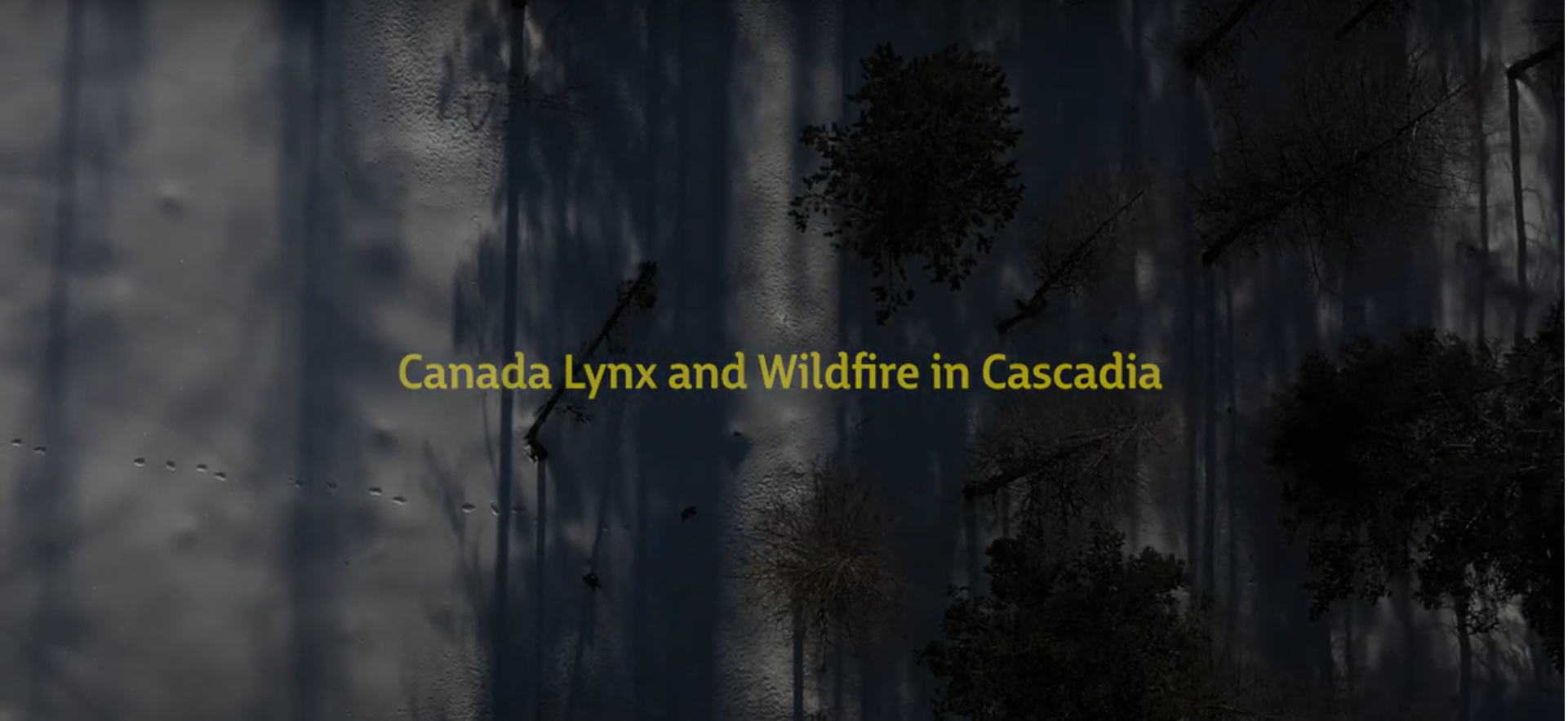
Perspectives from Cascadia leaders
"The only way to be working with industry, working across our boundaries is to make sure that we're sitting and we're talking about these issues all the time and developing solutions. If we're not, we're never going to win. We will always be losing. If we can't sit down and talk, nothing will get resolved. We need to listen and we need to learn."
Michelle Edwards
Chief of the Sekw'el'was Communities
St'At'Mc Nation, BC
"I think there's a lot of things that could make a resilient landscape but one of the most important things is communication and respect. And that's with everyone that lives within that landscape, because before you can get to any actions on the ground you have to have the foundation of respect and honoring and listening to one another. We need to make sure that it's not just for one but for all."
Amelia Marchand
Executive Director, Center for World Indigenous Studies
Olympia, WA
"It's less for those of us who are living today and more for those who will be living in the future, our grandchildren and our grandchildren's children. How do we think about reaching out across jurisdictional boundaries, across cultural boundaries to try to address some of the challenges that we face?"
Jonathan Wilkinson
Member of Parliament
North Vancouver, BC
"A resilient landscape in Cascadia includes a variety of tree species with open fields of ungulates grazing, huckleberries ready for picking, cedar trees growing nice and old, free-flowing rivers with a plethora of salmon and all their varieties, and the humans of the area having the experiences that they desire."
Jamie Kingsbury
Forest Supervisor
Mount Baker Snoqualmie National Forest, WA
Blueprint Development
Learn more about the process we designed and used to co-develop the Blueprint, and how we’ll continue to facilitate development of future iterations while supporting implementation.
Indigenous Engagement
Learn about the principles guiding engagement with Indigenous governments, organizations and community members in Blueprint development and implementation.
Explore the Blueprint
View the Resilient Cascadia Action Library, which allows you to explore the strategies, representative actions and supporting steps and considerations that best align with your mission and mandate.
How to get involved in the Blueprint
Are there strategies that align with your entity’s work? Are there actions that would transform your ability to carry out your mission and mandate? Over the coming year, the Cascadia Partner Forum will provide additional guidance, products and collaborative activities aimed at supporting implementation of the Blueprint. We need you to be part of this effort, at whatever level of involvement works for you. Please join the Cascadia Partner Forum to be kept apprised of updates and specific opportunities.



